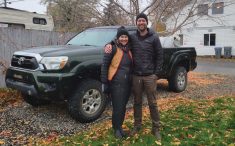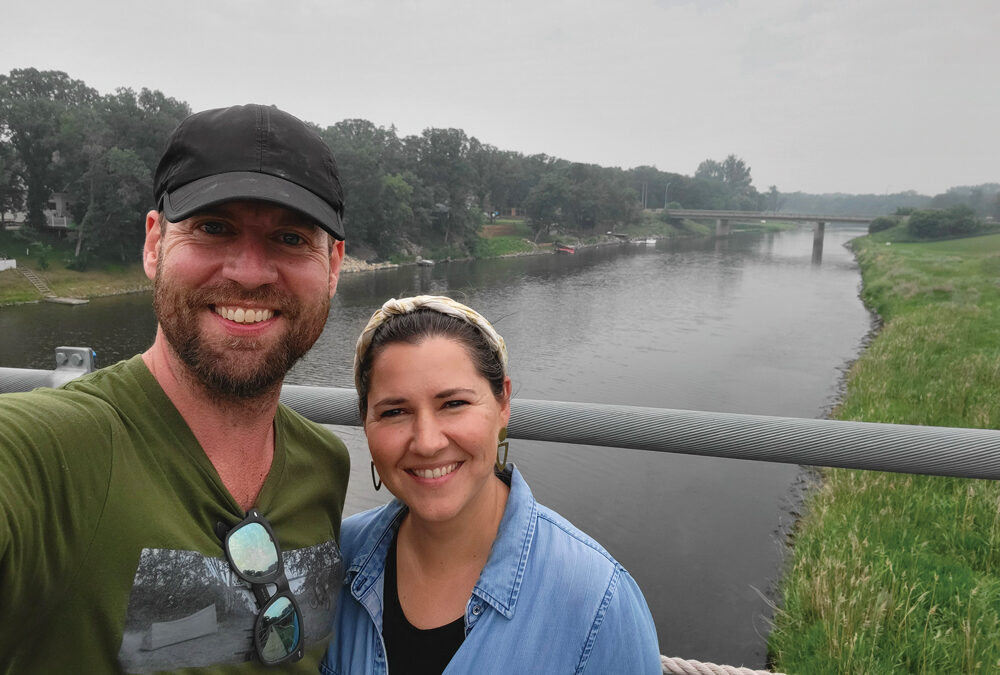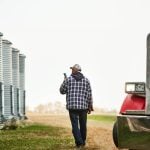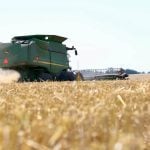Number 1 is the course’s most challenging hole. It’s a long drive that, ideally, lands metres shy of a creek. Then, it’s a chip over the water hazard and over the high retaining wall on the other side onto a steeply graded green. To execute all of this properly and according to plan requires a base level of golf competency that at one point seemed forever out of reach.
Traditionally, I lose a few balls to the bush off the tee box. Then, also traditionally, I lose just as many attempting to jump the creek.
Read Also

Gentle treatments for pain in the neck
Heading toward year-end, people unknowingly tense up against the cold and busyness, causing neck pain that can often be treated with appropriate support and gentle mobility, athletic therapist Kathlyn Hossack says.
I did not grow up playing golf. It’s a sport I picked up only a few years ago. Even that is misleading. Rather, I should say, two or three years ago I bought a used set of clubs and a couple of times every summer I’d play a few holes at our local golf courses.
I hoped golfing more often would correct my slice and allow me to connect with my irons. But, in reality, I had quietly and subconsciously resigned myself to the fact that due to my tall, inflexible physiology I would never really be good at the game.
My wife, Jamie, and I took lessons this year and everything changed. Now I can’t shut up about drawing analogies between learning how to golf in my late 30s and everything else in life, including farming.
I believed I had tried everything to correct my game — YouTube videos, articles, practice. It wasn’t working. I wasn’t seeing progress. I lacked the tools to visualize myself getting better at golf, fervently believing that I had tried everything.
During the first lesson, I learned that the correct way to grip and swing a club wasn’t comfortable. It was painful. I had blisters on my hands and my body actively rebelled against the torqueing I was forcing it to do.
The results, however, were immediate and positive. I went from frustration to possessing the language and tools through which to diagnose and fix my game.
While it’s just golf and it’s not for everyone, this was a eureka moment that highlighted the benefit and hope attached to asking for help and doing things correctly, regardless of how uncomfortable and disruptive they are.
Tackling change
In the recesses of my mind and perhaps in yours, too, there exists a list of large-sized items that I hope to address at some point in my life. This vague and fluid list includes things such as the desire to read more, write more, travel more, develop a better understanding of farming and agronomics, learn new skills and spend less time watching television.
There’s nothing stopping me from doing all of these things, save for how disruptive they would be to my current routines. Establishing new habits is a difficult thing to do, but I’m inspired by my recent experience with just how rewarding doing so can be.
The corollary to all of this is complacency. Grooves are easy to stay in. Every time I grip the club, it takes a concerted and intentional effort to do it correctly, which must look hilarious to spectators (and there’re always spectators at hole 1). Every swing, be it practice or real, requires me to concentrate on the many elements that make up a straight shot. I still get it wrong and it’s still challenging, but it’s getting easier every time I’m able to practice.
I learned about farming in my 30s and I have since settled into a groove that, like my golf game previous to lessons, involves a few things I’ve convinced myself I’ll never learn.
I’ve never been more motivated than I am right now to tackle these things, knowing that correct often means temporarily uncomfortable.
I returned to hole number 1 at the rural golf course near Roland, Manitoba. My drive was straight and I only forfeited one ball to the creek. I need to move my hips more and my follow-through still needs work.















